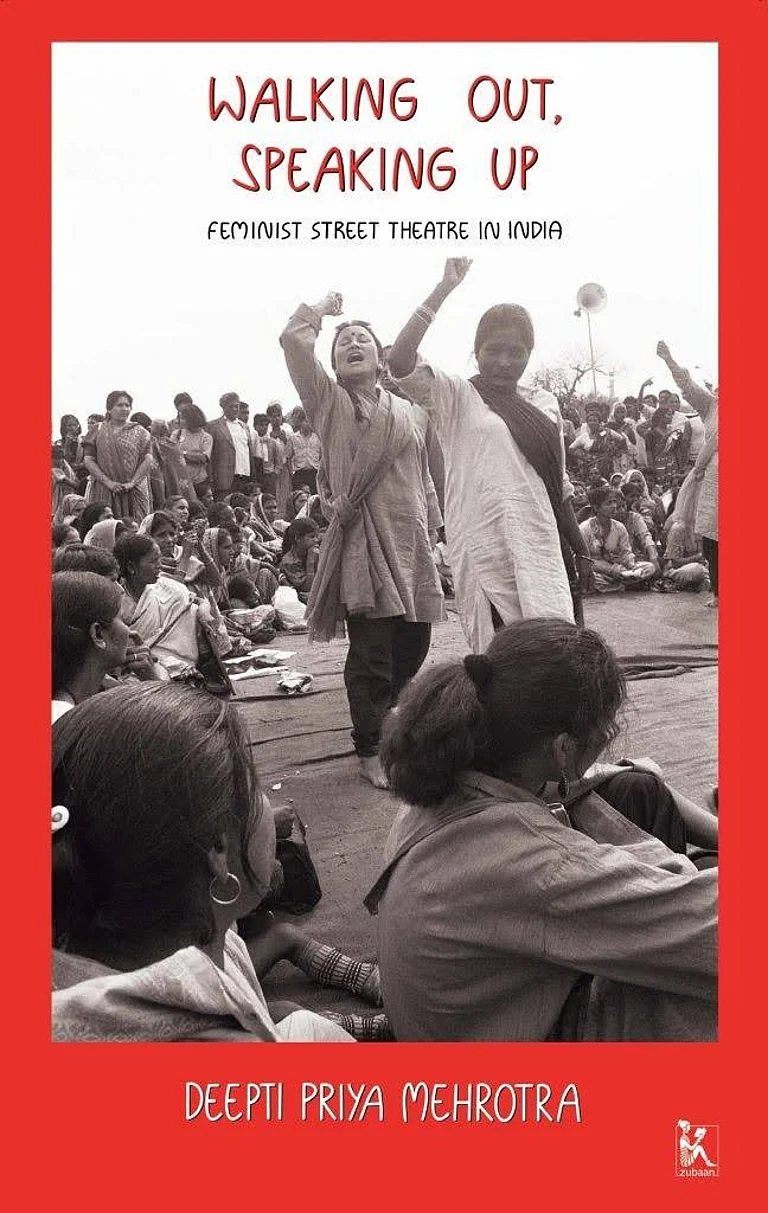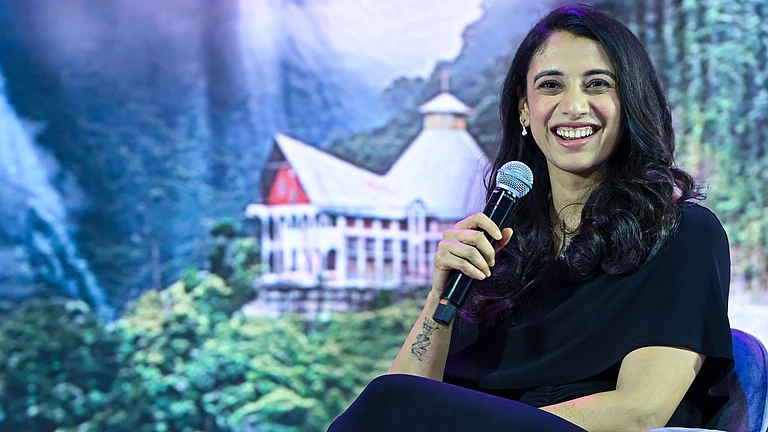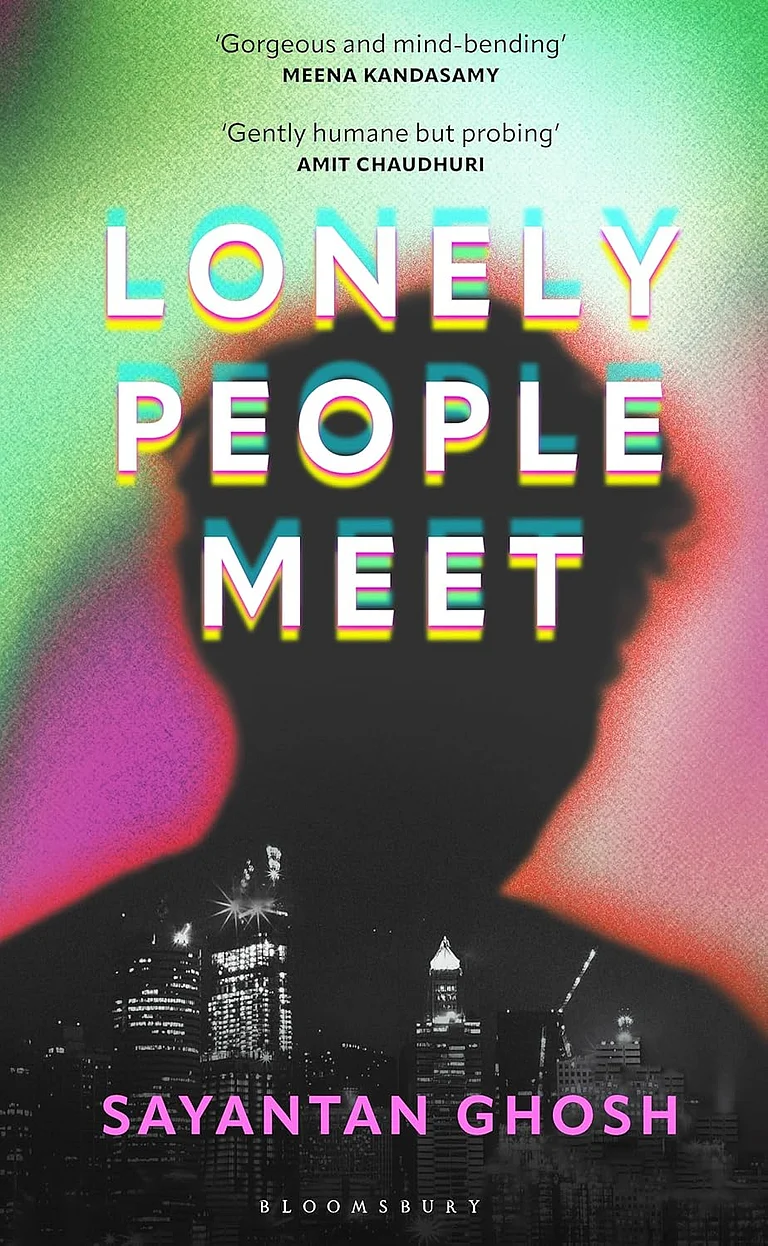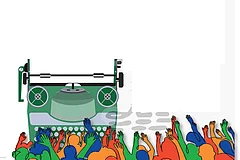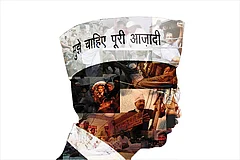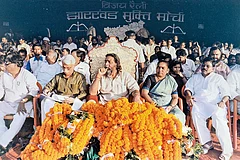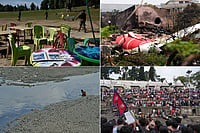The alignment of wild women with sacred poetry promises a delectably dangerous ride through a territory usually marked by sonorous calm. Arundhathi Subramaniam means to challenge and oppose traditional understanding and it is remarkable how brilliantly she wins the reader over to her side in redefining the sacred feminine.
The first and the longest section of the book features fifty-six women poets all the way from ‘Vac’ who is both a mystic and a goddess from Vedic times to Indira Devi in the mid-twentieth century who sang of her visions of Meera bai. Despite the diversity and the time span, the running thread is a fascination with the female body as a form and a text upon which the divine is scripted. Says Janabai, whose bold statements ignite Marathi devotional literature, “i eat god/i drink god/i sleep/on god”. Spiritual quest and sexual desire fuse into an ecstatic goal of fulfilment when Meera declares,“I am in love/Who cares what happens next?”
This disdain for social approval, this absolute confidence of the seeker in the divine partner, makes one think about a gender differential in sacred poetry. Is it faith that overrides all other variables in the experience of women? Is there a shared sisterhood across the centuries? Subramaniam is impatient with received vocabulary, insisting, “If there is a word that needs to be urgently reclaimed from all manner of jingoism, surely it is bhakti.”
The book presents poets from bhakti as well as other streams. Verses by the famous ones such as Lal Ded, Akka Mahadevi, and Janabai are paralleled by the less-known works of Rami from Bengal and Toral from Gujarat. Equally arresting are references to “courtesan poets” such as Amrapali of Buddha’s times—cited usually for her seductive beauty but here, an old woman reviewing her shrivelled body. Another “courtesan” Peero, who escaped the red-light district of Lahore in the nineteenth century and found sanctuary in a religious space, speaks touchingly of her compulsions and vulnerabilities summarised in a dictum, “Wherever the lost ones meet,/a carnival begins.” Less-known stories surface in the words of Karaikkal Ammaiyar, a ghostly upside-down form who worshipped Shiva by walking on her hands and composing poetry all along. Subramaniam’s research is vast, impressive, and clear-sighted for her aim is to show the “paradoxes and inversions of the spiritual journey” that wild women undertake.
The shorter second part of the book focuses on women protagonists created by male spiritualists. Jayadev’s Radha in Gita Govinda is an obvious example, and here is a proud, intelligent, and solitary woman outside the norms of socially legitimised sexuality. The men seem to create women protagonists to channel their own identity crisis in a gendered duality. Bulleh Shah enacts a deliberate crossover when he dresses in female clothes, braids his hair, wears ankle bells, and dances before his estranged master:
In the forest of this love, a peacock calls out
My love is more beautiful than any holy place
He wounded me, then forgot all about me
Your love has made me dance . . .
In a brief but powerful third section, Subramaniam tackles the subtlety of wildness in the spiritualised entity of the generic Goddess herself. The magnificent verses of the Devi Mahatmyam constitute the earliest core of the divine feminine, and the Mother continues to be interpreted as the creatrix in many forms of classical as well as folk traditions. Kali, for example, traverses variations from the realms of terror to tantra, from destruction to compassion. Ramprasad Sen’s frenzied query to the Goddess “Will I Eat You? or You Eat Me?” is a contrast to Adi Shankaracharya’s Saundarya Lahari. The sacred feminine could also be the leprosy-stricken Yellamma described in a Kannada folk poem or the Earth Mother from esoteric sources in the Himalayan region.
In the ultimate, Subramaniam’s sweep is large and the purpose is to show women’s devotional verse as redefining sacrality itself. An Indian version of Hélène Cixous’s écriture feminine, Subramaniam presents, in her words “…one great cry. A cry that is a howl, a dirge, a prayer, a complaint, a love-song, and an anthem.”
MORE FROM THIS ISSUE
Malashri Lal is an academic, critic, and creative writer
This appeared in the print as 'What Women Seek'







